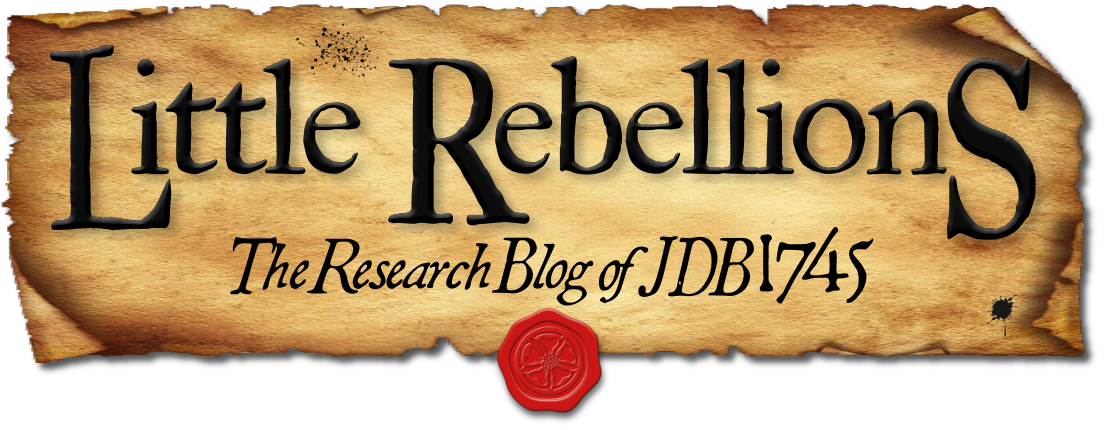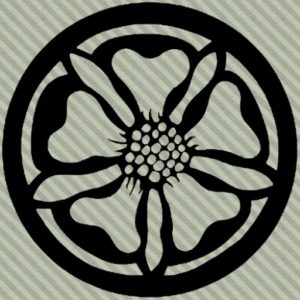Much of the enduring memory and emotion of the final, failed Jacobite challenge blooms from the British government’s retributive and bloody response in the aftermath of Culloden. In what Allan Macinnes calls the ‘exemplary civilizing’ of remote areas of Scotland, a calculated campaign of violent suppression was waged upon recalcitrant communities whether or not they were directly involved in active rebellion.1 Whether tantamount to genocide, as some scholars have argued, the cantonment schemes established in Culloden’s wake and the retaliatory expeditions against communities singled out by government intelligence networks undeniably had a disastrous effect upon ‘Scottish Highland’ culture, though these depredations were not by any means meted out only in the Highlands.
Category: Documents (page 6 of 9)
In early December 1746, well after the active threat of the last Jacobite rising had waned, the British government was still collecting intelligence regarding known rebels who had not yet been apprehended. The report of Alexander Robertson of Straloch from that month, presumably sent to the Duke of Newcastle, is especially interesting for two specific reasons. First, it explicitly calls out the forceful tactics of impressment used against unwilling tenants on David Ogilvy, 6th Lord Arlie’s estate. Second, within it Straloch proposes an elaborate plan to trick lurking Jacobites into revealing themselves – a plan that is both impressively calculated and devious.1
Known informally as Baron Reid, Alexander Robertson of Straloch was a gentleman from the Strathardle area of Perthshire whose family had long been aligned with the house of Argyll and the Hanoverian government. He was a vassal of James Murray, the loyalist Duke of Atholl, and he spent much of the rising assisting the government by providing intelligence reports and offering counsel regarding methods to suppress the rebels.2 Straloch was evidently quite well connected during the Forty-five, corresponding directly with Newcastle – the secretary of George II – and Duncan Forbes of Culloden, the Lord President of the Court of Session. To these officials he sent a series of bulletins between 1745 and 1747 leveraged from the network of Presbyterian ministers in Perthshire and the north-east who received and conveyed useful intelligence about Jacobite movements.3 Straloch was effective enough as an informant to warrant a mandate for capture from Atholl’s brother William, the Marquess of Tullibardine and titular Jacobite Duke of Atholl.4
To-do lists are not only productivity tools for busy modern lives. They were also used extensively by eighteenth-century British government officials to keep pressing topics close in mind, and some even fashioned their memoranda as checklists to ensure they did not miss anything especially important. We see this practice in a document from the British National archives, where Sir John Sharpe, Solicitor to the Treasury during the Jacobite prosecutions after the Forty-five, lists a number of tasks to complete in the winter of 1746-7.1 It is a particularly interesting archival document because it gives us some idea of what critical topics of conversation concerning the prosecution of Jacobites kept government officials occupied. The fact that this task list was written nine months after the Battle of Culloden demonstrates just how much judicial red tape still existed well after the last rising itself had burned out.
Paraphrasing Sharpe’s list of to-dos, we may look in on numerous important points of policy as well as how Jacobite prisoners under charges of treason were processed and treated:
Item #1
Considering the method of how to send prisoners-of-war in French service back to France.
Sharpe notes that he needed to speak at length with Sir Everard Fawkener, the Duke of Cumberland’s secretary, about a peculiar issue: just how to discern which of the prisoners-of-war were really from France, and which were actually born within the Three Kingdoms. This was an important distinction because both the rights and the treatment of prisoners facing charges of treason were different depending on whether they were ‘subjects of the crown’ or legitimate foreigners under the protection of Louis XV. Perhaps unsurprisingly, more than a few of the captured Scottish and Irish soldiers in French service feigned foreign provenance in hopes that it might secure them a lighter sentence – or even freedom altogether. After the recapture of Carlisle by the British army, for example, a Jacobite adjutant in Lord Kilmarnock’s cavalry troop masqueraded as a French officer until a corporal from Hamilton’s Dragoons revealed him to be an Irishman with whom he had already been familiar.2 The Lord Justice Clerk Andrew Fletcher, however, saw no difference between those born in Britain or beyond, stating that anyone should be answerable to charges of high treason if they ever ‘had Residence in the King’s Dominions before the Rebellion’.3
© 2025 Little Rebellions
Modified Hemingway theme by Anders Noren — Up ↑







